Throughout the history of human civilization, art is a timeless star. Certain paintings, with their transcendental charm, stand out as the brightest of the stars. They are more than just the encounter between paint and canvas; they are the vibrations of genius, carrying humanity's most profound emotions, thoughts, and stories. Today, let us explore these ten masterpieces, celebrated through the ages, and experience their timeless power that transcends time and space.
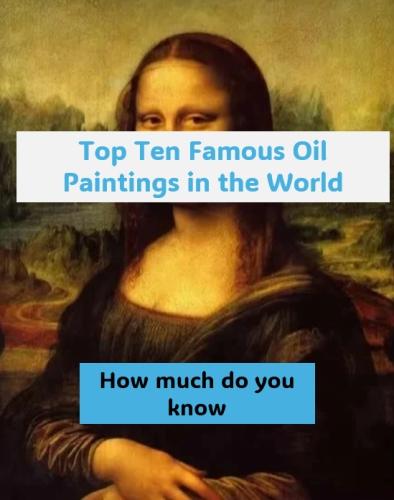
Girl with a Pearl Earring / 1665
Girl with a Pearl Earring is a masterpiece by Vermeer, a master of the Dutch Golden Age. Vermeer employed plain, simple colors within a limited tonal range, then applied varnish to create depth and shading. Another striking feature of the painting is the teardrop-shaped pearl earring in the girl's left ear, which appears and disappears within the shadows of her neck, serving as the focal point of the painting. Pearls often symbolize chastity in Vermeer's paintings, and some critics believe this painting was likely created on the eve of the girl's marriage.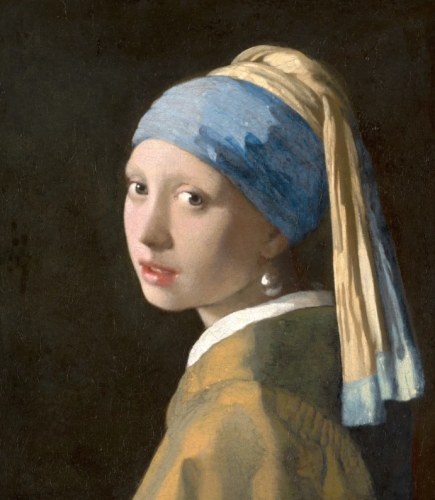
Mona Lisa/1503-1517
The Mona Lisa is an oil painting by Italian Renaissance artist Leonardo da Vinci, now housed in the Louvre Museum in France.
The Mona Lisa represents the aesthetic direction of the Renaissance. The work reflects the profound and noble qualities of women, and embodies the Renaissance's aesthetic ideals and pursuits of female beauty.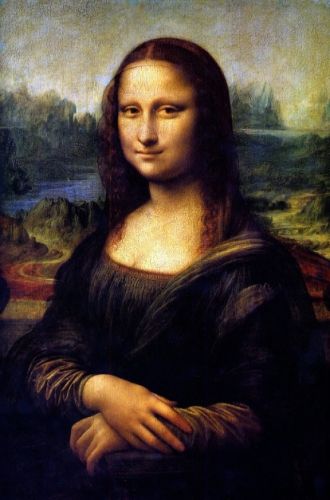
Les Demoiselles d'Avignon / 1907
"Les Demoiselles d'Avignon" is a 1907 oil painting by Spanish artist Pablo Picasso. It is now in the collection of the Museum of Modern Art in New York. The painting's description reads: "Venues are harmful to your health. Cherish life and stay away from prostitutes." The painting depicts prostitutes in a brothel. Because many people died from venereal diseases at the time, the artist's intention was to use this painting, linking excessive sexual desire with death, to warn people of the dangers of venereal disease and to serve as a warning to those who indulge in it.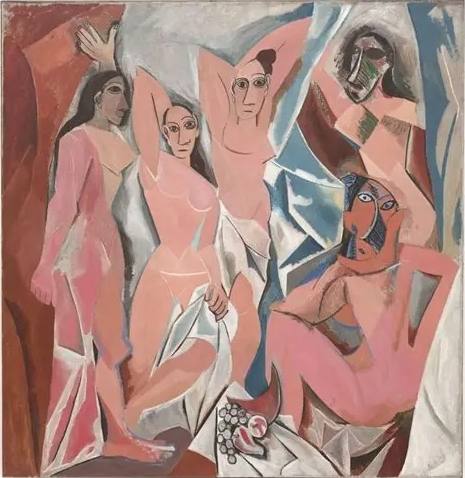
Starry Night / 1889
"Starry Night" is an oil painting by Dutch Post-Impressionist painter Vincent Gogh, created in 1889 while in a mental hospital in Saint-Rémy, France. It is one of Van Gogh's masterpieces and is now in the collection of the Museum of Modern Art in New York. In this painting, Vincent van Gogh uses exaggerated techniques to vividly depict a starry sky full of movement and change. The entire scene is engulfed by a surging, turbulent blue-green torrent. The swirling, restless, and curling nebulae make the night sky extremely active. This detached scene reflects Van Gogh's restless emotions and frenzied world of hallucinations.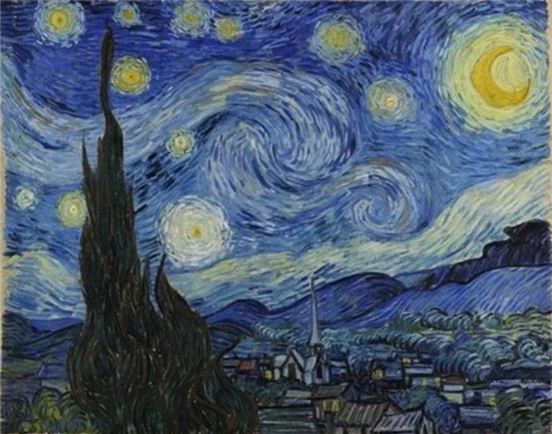
The Last Supper / 1494–1498
"The Last Supper" is a widely known large-scale mural painted by Leonardo da Vinci during the Renaissance on the wall of the refectory of the Dominican convent of Santa Maria delle Grazie in Milan. It is the most famous work of art created on this theme.
Also known as "The Werewolf Mystery Scene: Whose Extra Hand Is It?", the characters in the painting depict expressions of fear, anger, suspicion, and confession, as well as gestures, expressions, and actions, all rendered with meticulous detail and lifelike precision. It was designated a World Heritage Site in 1980.
This painting has an incredible number of fans, with countless interpretations and hidden mysteries, making it one of the most mind-boggling paintings in history.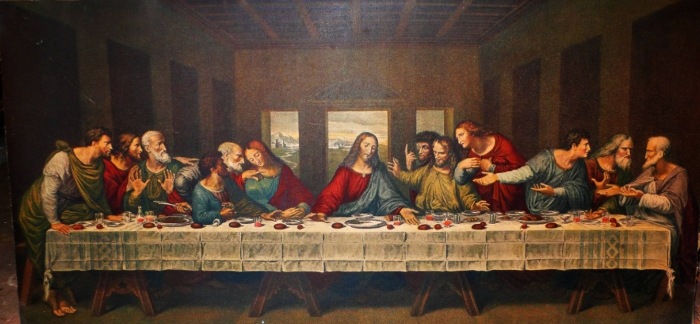
The Creation of Adam / 1511-1512
"The Creation of Adam" is a ceiling painting for the Sistine Chapel, created by Michelangelo between 1511 and 1512. It is part of the "Genesis" series. The fresco depicts the creation of Adam, the first human ancestor, as depicted in the Book of Genesis. In chronological order, it is the fourth painting in the Genesis series. As one of the world's most famous paintings, "The Creation of Adam" has spawned numerous imitations.
According to legend, God formed man from dust in his image, breathing into his nostrils the breath of life, causing him to become a "living being." He named him Adam and intended to place him and Eve in the Garden of Eden.
"The Creation of Adam" is the most moving scene in the entire ceiling painting. Rather than depicting God's creation of Adam directly, it depicts the moment when the divine spark is about to touch Adam: God, appearing from heaven, extends his finger toward Adam, about to transfer his soul to him as if connecting an electrical source.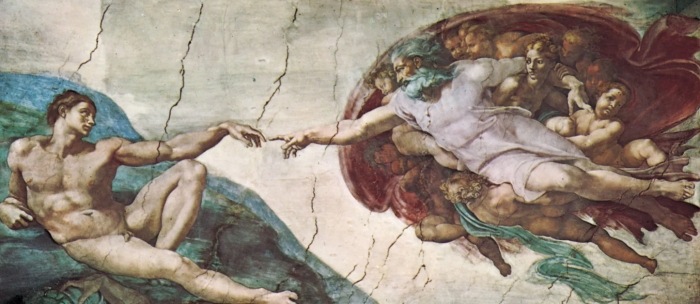
Impression, Sunrise / 1872
"Impression, Sunrise" is a famous painting by French artist Claude Monet. Created in 1872, it depicts a misty morning at sea. A crimson sun rises, while the harbor, docks, and sampans appear and disappear in the fog. Exhibited at the first "Independents" exhibition on April 15, 1874, the painting is a renowned French Impressionist work.
The artist depicts a foggy morning in the port of Le Havre. The crimson sun, reflected by the morning mist, creates a seemingly gray-green world, a world both real and illusory, ever-changing with the sunlight. The artist's magical brush immortalized this fleeting impression on the canvas, making it eternal.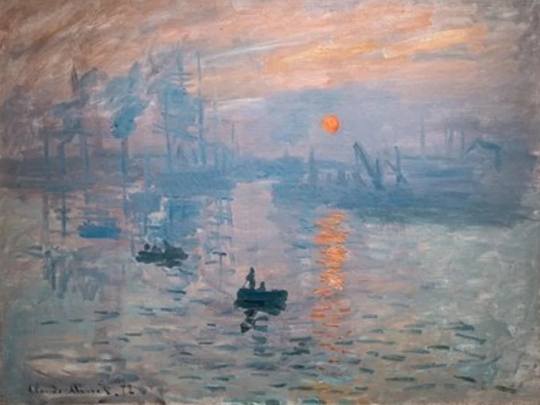
The Birth of Venus / 1487
"The Birth of Venus" is a tempera painting on canvas created by Italian painter Sandro Botticelli in 1487 for a distant cousin of the Medici family, rulers of Florence. It is now housed in the Uffizi Gallery in Florence, Italy. Why was Venus born standing on a seashell? The story goes that the sky god Uranus and the earth goddess Gaia were a couple, but their marriage was not harmonious. Furious, the earth goddess summoned her son Kronos, who conspired with him to remove his father's "body tissue" while the two were getting along.
Kronos obeyed his mother's instructions and threw the severed body tissue of Uranus into the sea, where it landed in a seashell. The Greeks believed that seashells were the source of all life, and thus the goddess Venus was born from the union of the seashell and the sky god Uranus.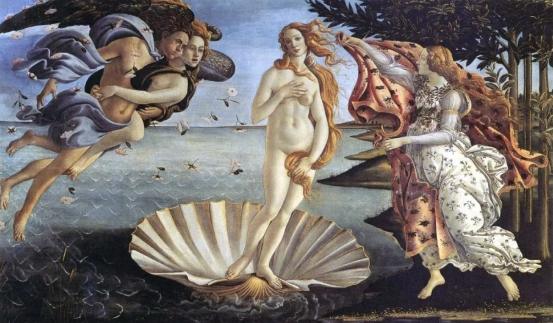
The Grand Odalisque / 1814
"The Great Odalisque" is an 1814 oil painting by the French painter Jean-Auguste-Dominique Ingres, now housed in the Louvre Museum in Paris. Adhering to a rigorous classical style, the painting depicts an Ottoman court lady, clad in a turban and holding a peacock feather fan. The entire scene exudes a breathtakingly exotic atmosphere.
Ingres created this painting at a time when France had suffered defeat in the war against the Ottoman Empire and lost its once-held Turkish territories. Against this backdrop, the depiction of the Ottoman court ladies inhabiting the Ottoman palace offered a palpable sense of disappointment for the French.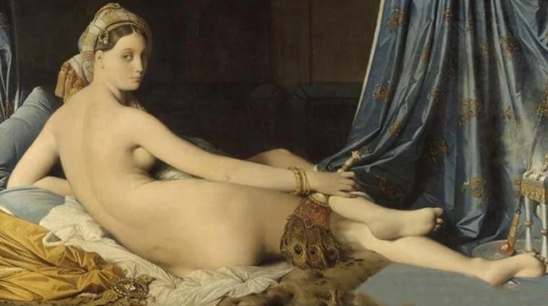
Guernica / 1937
"Guernica" is a monumental oil painting created by Spanish Cubist painter Pablo Picasso in the 1930s. It measures 7.76 meters long and 3.49 meters high and is currently housed in the Museo Nacional Reina Sofía in Madrid.
The painting depicts the Nazi bombing of Guernica, a major Basque town in northern Spain, and the killing of innocent people. Using symbolic techniques and a simple palette of black, white, and gray, it creates a somber and melancholic atmosphere, imbued with tragedy, and depicts the devastation fascist war inflicted on humanity.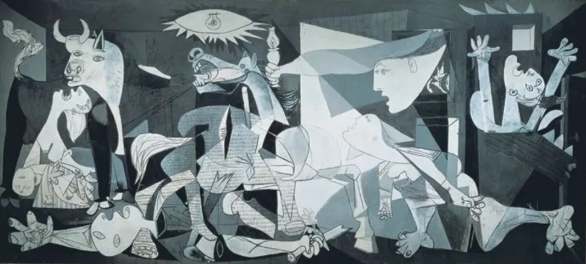
Leave a Comment